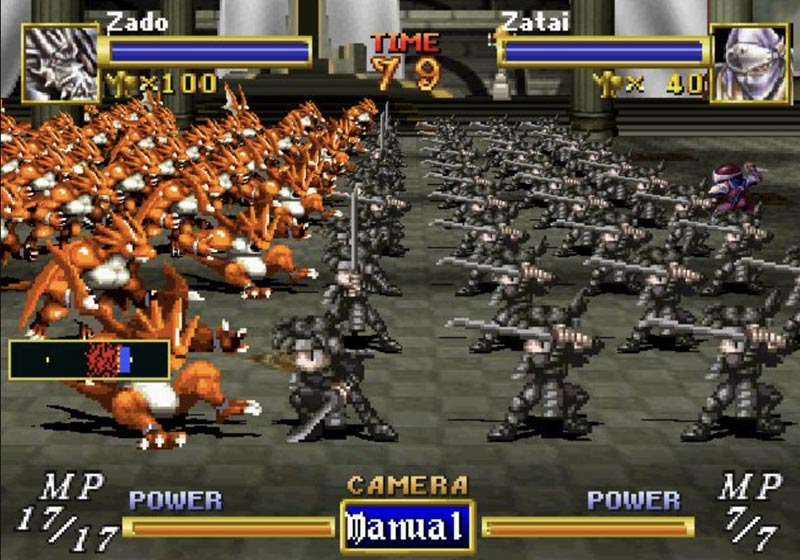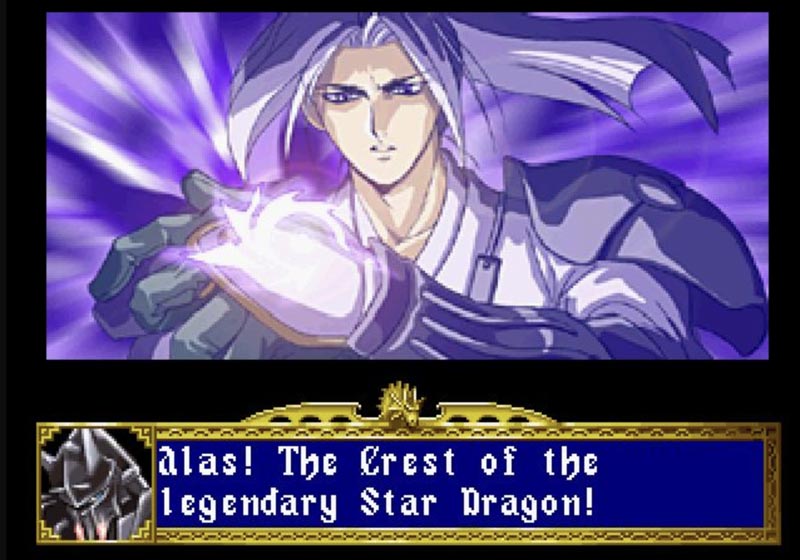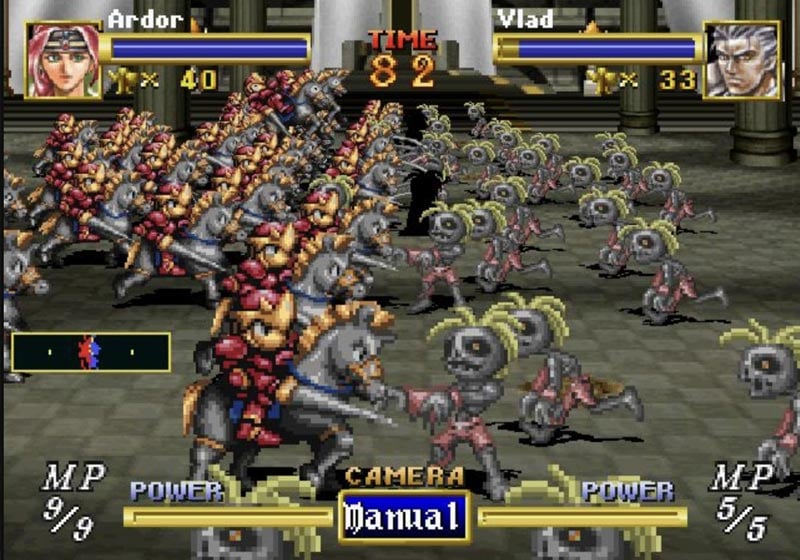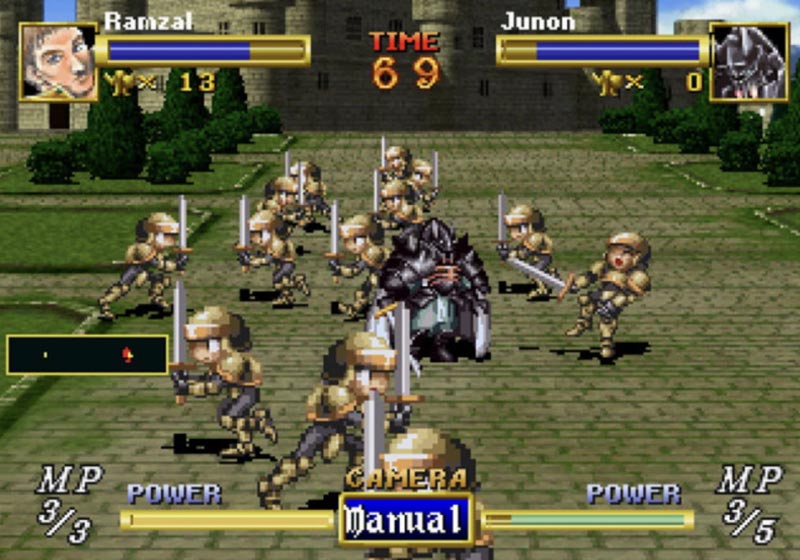Unleashing the Power of the Sega Saturn
The 1990s were a golden era for video games, and the Sega Saturn stood tall as one of the iconic consoles of its time. Among its impressive library of games, one title stood out and garnered a dedicated following: Dragon Force. Developed by Sega’s renowned studio Working Designs, Dragon Force was an epic strategy role-playing game that captivated players with its compelling gameplay, stunning visuals, and rich storytelling. In this article, we will delve into the history of its development, explore the innovative gameplay mechanics, analyze its graphics, and unravel the factors that made Dragon Force a standout gem in the realm of retro gaming.

Part 1: The Genesis of Dragon Force
In the early 1990s, Sega was seeking to expand its presence in the console gaming market and solidify the Sega Saturn as a worthy contender against its competitors. As part of this endeavor, the company’s internal development studio, Sega AM7, embarked on a mission to create a captivating role-playing game (RPG) that would push the boundaries of the hardware and engage players for countless hours. Enter Dragon Force.
Development of Dragon Force began in 1995, led by game designer and director, Toshio Akashi. The team set out to create a unique experience that combined elements of tactical warfare, grand-scale battles, and deep storytelling. The inspiration for the game’s setting and storyline drew from traditional fantasy tropes, such as warring kingdoms, magical artifacts, and legendary heroes.
However, what truly set Dragon Force apart was its ambition to merge real-time strategy elements with turn-based combat. This innovative hybrid gameplay style became the core essence of the game and was a testament to Sega’s determination to deliver something groundbreaking for RPG enthusiasts.

Part 2: Engaging Gameplay Mechanics
Dragon Force’s gameplay was a masterful blend of strategic planning and action-packed battles. Players assumed the role of one of eight rulers, each with a unique backstory and a faction to lead. Each ruler possessed a different set of starting units and territories, ensuring diverse gameplay experiences throughout the game.
The game took place on a world map, which players would navigate to manage their kingdoms, forge alliances, and plan invasions. The game was divided into months, and each month allowed the player to issue commands to their armies, such as attack, defend, or withdraw. Diplomacy also played a significant role, allowing players to negotiate treaties or demand surrender from rival factions.
The brilliance of Dragon Force lay in its seamless transition from the world map to large-scale, real-time battles. When two factions clashed, players could choose to lead their army directly or let the computer resolve the battle automatically. Those who chose to take command were treated to a dynamic battlefield where generals and their units clashed, each displaying their unique skills and abilities. The real-time aspect added an exhilarating layer of depth to the gameplay, as players had to make split-second decisions to turn the tide of battle in their favor.
Furthermore, the game featured an impressive roster of over 100 generals, each with their individual skills and spells. The strategic deployment of generals and their units was pivotal in achieving victory. This complexity, combined with the seamless fusion of strategy and action, made Dragon Force a standout title for RPG and strategy enthusiasts alike.

Part 3: The Aesthetic Marvels
The Sega Saturn was no slouch in the graphics department, and Dragon Force utilized the console’s capabilities to deliver a visually stunning experience. The game featured detailed, hand-drawn character portraits during dialogues and impressive sprite work during battles. The battlefield animations were smooth, and the diverse range of generals and units were meticulously designed to be distinct and easily identifiable.
One of the game’s most striking visual features was the grand-scale battles, where the player’s armies clashed with their rivals. The sight of hundreds of troops engaging in combat simultaneously was awe-inspiring for players at the time. This ambitious spectacle demonstrated the technical prowess of the Sega Saturn and further immersed players into the epic conflicts of the Dragon Force universe.
The game’s art direction was helmed by renowned illustrator Katsuya Terada, whose style lent a unique and captivating look to the world of Dragon Force. Terada’s contribution to the game’s visuals was invaluable, as his art elevated the overall aesthetic and made the game even more visually appealing.

Part 4: What Made Dragon Force Special
Dragon Force’s success can be attributed to several key factors that set it apart from other RPGs of its time:
- Innovative Gameplay: The combination of real-time strategy and turn-based RPG elements was groundbreaking, offering a fresh experience for players seeking something beyond traditional RPG fare.
- Rich Narrative: Dragon Force boasted an engaging storyline, complete with political intrigue, emotional character arcs, and epic battles, drawing players into its fantastical world.
- Replayability: With eight different rulers to choose from and multiple paths to victory, the game offered high replayability, enticing players to experience the game from different perspectives.
- Strategic Depth: The game’s emphasis on strategic planning, managing resources, and forming alliances added layers of depth that appealed to fans of complex strategy games.
- Unique Art Style: Katsuya Terada’s artistry brought a distinct and captivating visual identity to Dragon Force, leaving a lasting impression on players.
Wrapping it all up…
Dragon Force remains a timeless classic of the Sega Saturn library, cherished by retro gaming enthusiasts and RPG lovers alike. Its innovative gameplay mechanics, stunning graphics, and captivating storytelling elevated it beyond the typical RPG fare of its time. Even today, Dragon Force stands as a testament to the creativity and ambition of game developers during the 1990s, and its influence can still be felt in modern gaming.
For those fortunate enough to have experienced the magic of Dragon Force during the Sega Saturn era, the memories of epic battles and larger-than-life generals remain etched in their hearts. To newcomers discovering this gem years later, Dragon Force offers a chance to step into the shoes of mighty rulers, engage in grand conquests, and immerse themselves in a world of fantasy and wonder that continues to inspire gamers to this day.






